Delving into the Danakil Depression
The Danakil Depression, located in the Afar region in northern Ethiopia, close the border of Eritrea and Djibouti. It has the record for averaging the hottest temperature on the planet, void of nearly all life, and a vast wasteland from horizon to horizon. So why would one come to a place like this? Simple, it boasts one of the worlds few and rare persistent lava lakes, with red hot magma bubbling close to the surface all year long. It’s also home to some of the most bizarre landscapes that looks more like Mars than Earth. Venturing into this abyss is not an easy task by any means, and requires a convoy of armed militia for protection.
Located deep within the desert plains is an island mountain where the volcanic terrain breaks out in a rainbow of colours. Here, pools of bubbling sulphuric acid (of a pH level below 1!) and iron, mix with the earth’s minerals, creating colourful pools of green, red, yellow, blue, and orange. In the midsts of one of the most dull and desolate places on the planet, sits one of the most colourful. Hot springs, smoking volcanic vents, coloured pools, jagged sharp rocks and more. Amazing!
Interesting Trivia
Local Afar people believe that the salt of the Danakil was once all gold. Thousands upon thousands of tonnes of pure gold. Legend has it that Afar people once lived like royalty, but it turned them lazy and greedy, making them forget about God. So God punished them by turning all the gold to salt until a time that people are no longer greedy, in which the punishment can come to an end.
Photographing the Danakil Depression
Photographing the Danakil has it’s challenges. First of all, it’s very hard to find compositions with such limited scenery. This isn’t to say the scenery isn’t impressing, it’s just hard to photograph a desolate area with absolute no backdrop. Luckily there are some interesting foreground objects which can take the attention, such as acid pools, weird rock formations, and the odd nomadic salt miner. Try to use some of these unique objects to create a focal point within your composition. It will help to create more interesting shot.
For lens choice, I’d say from ultra-wide to semi telephoto will do here. An ultra-wide will help you decompress the scene and give a great sense of depth to your image. The reason you’d want to do this, is because there is limited detail in the background (towards the horizon). Therefor, you’ll want to maximise the details available in the foreground. This tip can also be transferred across to other settings, where you need to compensate for minimalist backgrounds. A standard zoom lens would also be useful, as there are local salt miners with their camels in certain places on the Danakil, and getting a portrait of local within such environments is always nice.
Cleaning your equipment is also necessary, as things are going to get pretty dusty! When your camera is not in use, make sure it’s packed away out of the direct sun and sealed from the surrounding environment. The last thing you want to find is dust spots all over images, or worse, that your equipment has been damaged.
Travelling to the Danakil Depression?
If you’re interested in travelling to the Danakil Depression & Erta Ale, then be prepared for some hard times. It’s one of the toughest and roughest exhibitions that I’ve undertaken in my travels. But one of the best! For starters, you’re heading smack bang into the middle of the hottest place on earth, and second, it’s quite dangerous. So make sure you research current safety risks at the time you intend to travel.
As with most things, the closer you are to the jump off point, the cheaper it will likely be. Mekele is generally a good bet to organise your trip. Though, be prepared to sit around and wait for a while others to join, as it’s not financially viable to go by yourself as the total expedition cost is approximately $3,500 for the 4 days. You’ll need a larger group to bring the cost down to $500 per person, all inclusive. A couple of contributing factors to the high cost includes the hiring of a small private army to accompany you, and that two 4WD’s at a minimum need to go (for safety). Sounds weird, but if your 4WD breaks down out there, you have next to zero chance of survival. Conditions are that harsh!
Another tip is, credit cards are not accepted here. So make sure you bring all the cash with you for the tour. Any banks you do use in Ethiopia, be VERY, VERY careful with. Quite a few times, the ATM’s would take the amount out of a users account but not disperse the money. And it takes quite a bit of effort to get it back from the bank (or travel insurance). This happened to us a couple of times, as well as quite a few others we met that were travelling in Ethiopia.

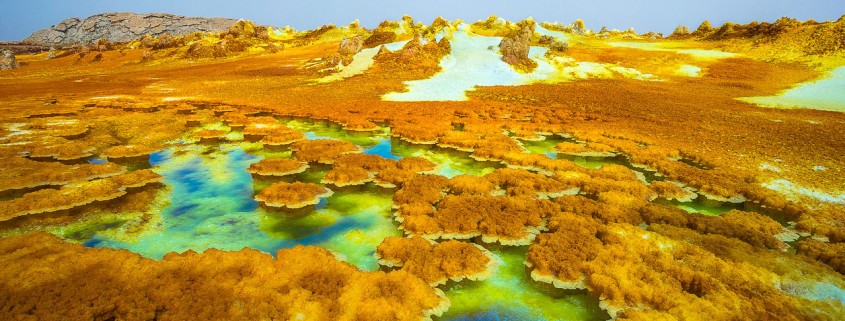
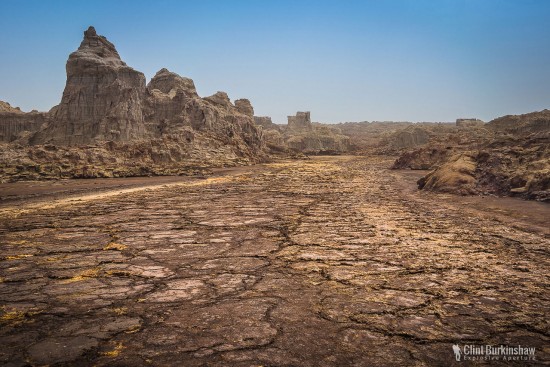

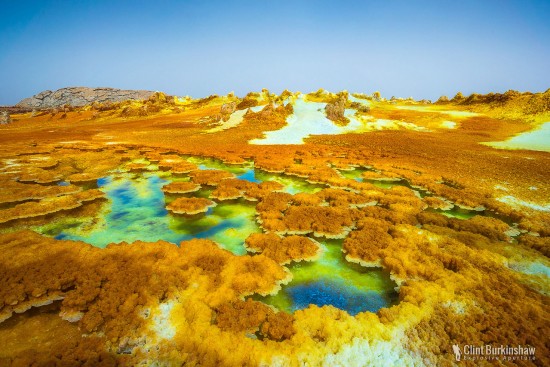
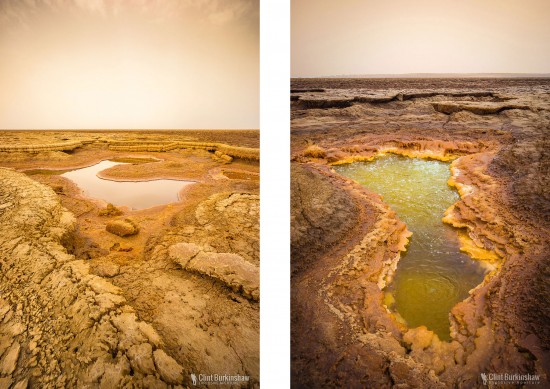
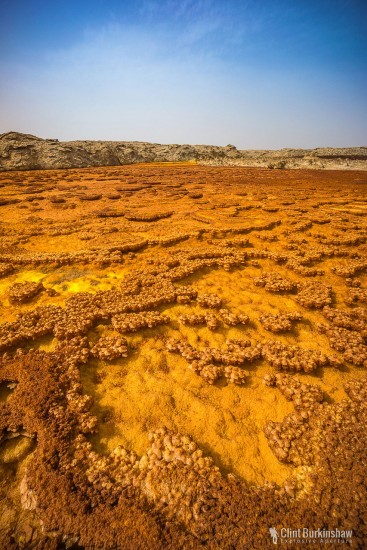



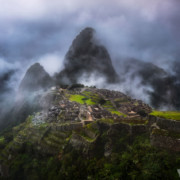




Sounds like a fascinating place. Looks like an amazing place!